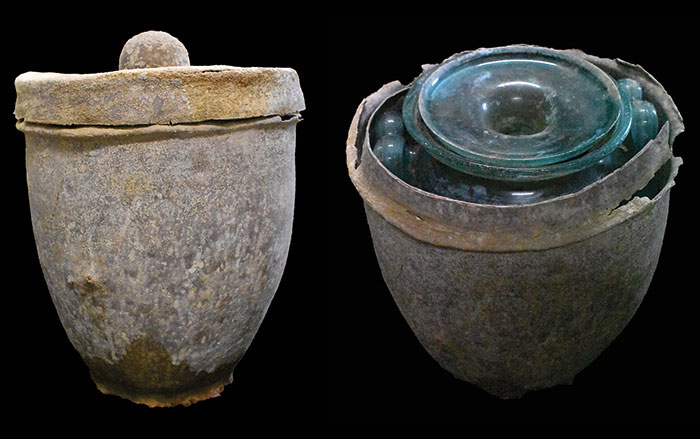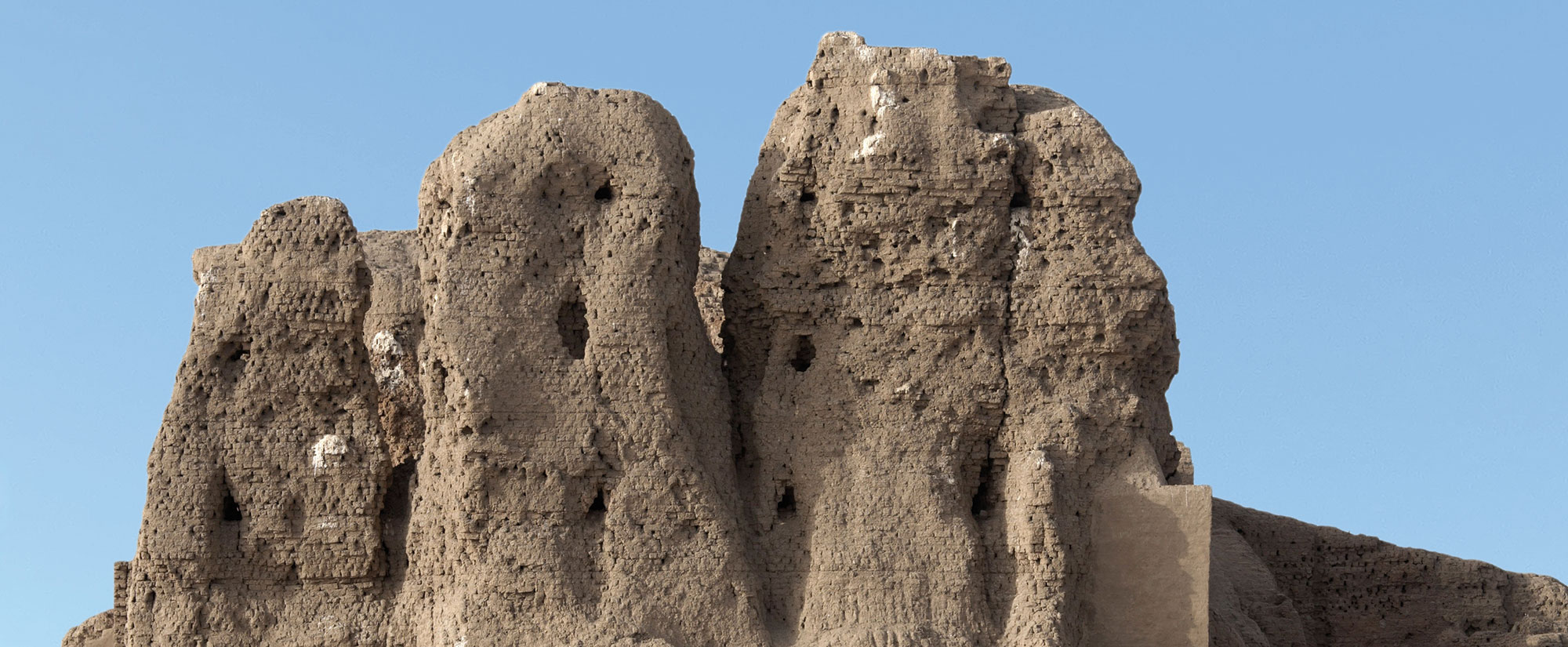
OXFORD, ENGLAND—An international team of researchers including Teresa Fernández-Crespo of the University of Oxford and Javier Ordoño of France’s National Center for Scientific Research has analyzed human remains recovered during previous excavations at La Hoya, the site of an Iron Age village in northern Spain, according to a Live Science report. The charred, dismembered remains, dated to the mid-fourth to late third century B.C., place the attack before the Roman invasion in 218 B.C. No weapons were found near the more than one dozen unburied skeletons of both men and women, which showed no signs of defensive injuries. The presence of jewelry, hobbled livestock, craft items, and vessels full of grain suggests the surprise attack occurred on a market day in the summer or early autumn. Because the marauders left these goods behind, the researchers think the attack was politically motivated, rather than a raid for economic gain. The unburied remains also suggest that the village was then abandoned. To read about research on the destruction of an Iron Age fortified hilltop site in northwest Iran, go to "The Price of Plunder."











